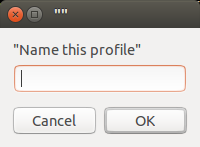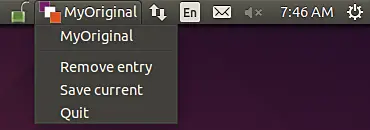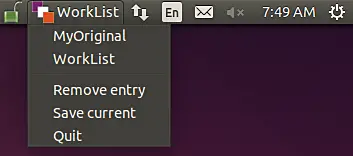How to create multiple profiles for Unity launcher in Ubuntu using launcher-list-indicator
On this page
Although I mostly use my computer for stuff related to my work, there are times - especially during weekends - when I turn it into an entertainment or a gaming box. I am pretty sure there are many like me who use their computer for multiple purposes, but what I am not really sure about is whether or not everyone customizes their desktop accordingly.
If you are on Ubuntu Linux and use the Unity desktop (which is the default desktop environment for the Linux distribution for quite some time now), you'd agree that launching an application through Unity's launcher bar is only convenient as long as the app icon is there right in front of your eyes. However sadly, that's not usually the case when you use your Ubuntu box for more than one purposes, as most of the times, because of the sheer number of apps, icon corresponding the one you want to launch is buried somewhere at the bottom of the launcher.
Besides, too many app icons pinned to the launcher make your desktop look cluttered and messy in general. So, what's the solution? Well, in this article, we will discuss an open-source application dubbed launcher-list-indicator that aims to solve the aforementioned problems by allowing you to create multiple profiles for the Unity launcher.
Note that all commands and instructions mentioned in this article have been tested on Ubuntu 14.04.
About launcher-list-indicator
The launcher-list-indicator tool basically allows you to create and switch between multiple lists of Unity Launcher icons, making sure that - at any given time - the launcher only contains icons of those apps that are related to whatever you are doing. You can think for the tool as an alternative to having multiple docks or quicklists on the launcher.
Download/Install/Configure
To download the tool, you need to head to the official website and click the source code archive (available in both .zip and .tar.gz format) link. After the package is downloaded, uncompress it and - on the command line - enter the main directory (launcher-list-indicator-0.1 in my case).
Once there, all you have to do is to execute the launcher-list-indicator script in the following way:
./launcher-list-indicator
The aforementioned command should launch the launcher-list-indicator tool on your system.
Usage
When the tool launches, an icon for it (the one with N/A on its right in the image below) quietly appears in the system tray.
Clicking the icon shows up only two options: Save current and Quit.
While the latter is self explanatory, the former lets you save the current state of the Unity launcher, something which makes sense as you may want to revert back to your original list of launcher icons anytime. When the option is clicked, the tool asks you to provide a profile name for the current list.
In my case, I saved the current list with MyOriginal name, and the change was immediately reflected in the application's menu.
Thereafter, I unlocked some app icons from the launcher to make sure that only a few that are related to my professional work are left there. And then again used the Save current option from the tool's drop-down menu to save the current launcher state as WorkList.
Now, I can easily switch between the two anytime I want.
The launcher-list-indicator application also allows you to remove an already created list - the Remove entry option lets you do that.
Conclusion
Agreed, launcher-list-indicator is not a feature rich application (for example, I missed the ability to automatically switch lists based on what time or which day it is), but it certainly does what it promises. Plus, the tool is open source (with a very small code base - just a script), meaning you can easily customize it the way you want. All in all, an application worth giving a try I'd say.






